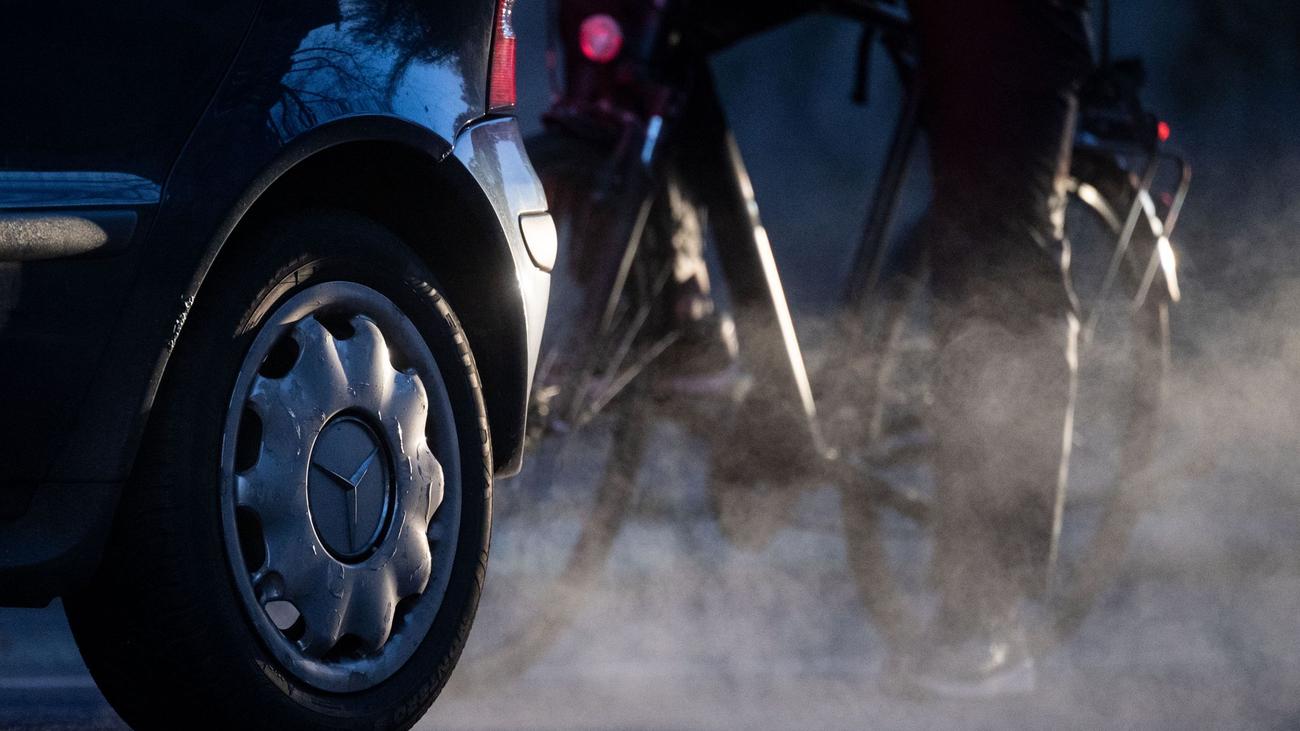
Relief in Southwestern Germany: Rain Reduces Fine Dust Levels
After several days of relatively thick air, rainfall has significantly reduced fine dust concentrations in southwestern Germany. According to the German Weather Service Baden-Württemberg, only the Lake Constance area experienced elevated levels on Wednesday morning, as the low-pressure system that had improved air quality throughout the rest of the state had not yet reached the region.
The State Institute for Environment (LUBW) in Karlsruhe detected an increase in fine dust values since Saturday. However, since Monday evening, rainfall has improved air quality in most regions. On Monday, the limit value of 50 micrograms per cubic meter per day was exceeded in Stuttgart, the state capital, with a measurement of 68 micrograms. On Tuesday, the DWD measured 40 micrograms in Stuttgart, and on Wednesday, levels dropped to 19 micrograms.
According to a DWD meteorologist, a high-pressure system could cause an inversion situation with limited air exchange on Sunday, resulting in elevated fine dust levels. Joggers should take note of this forecast.
Since the beginning of the month, southwestern Germany has been largely under the influence of high pressure. "This led to a weather situation with little air exchange, meaning that the air could not be mixed or only partially mixed, causing pollutants to accumulate in the lower layers of the atmosphere," explained the DWD expert.
Occasional inversion conditions with temperature increases at higher altitudes further exacerbated the accumulation of pollutants. However, the rain of the past two days and the increasing influence of a low-pressure system from the west "washed out" the fine dust in most areas.
Fine dust concentrations tend to increase during the winter months under high-pressure weather conditions with little wind. "In general, fine dust exposure depends on the amount of emitted fine dust particles and on atmospheric conditions," said the LUBW.
According to the Federal Environment Agency, the primary sources of fine dust are road traffic, power and heating plants, stoves and heating systems in residential buildings, as well as industrial and agricultural activities.
Fine dust can enter the lungs through the nose and mouth, reaching and potentially damaging the alveoli and bloodstream, depending on the size of the particles. Sensitive individuals should avoid physical exertion outdoors when air quality is poor.
Fine dust is categorized into groups based on particle size. PM2.5 refers to particles with a size of up to 2.5 micrometers, or thousandths of a millimeter.
According to the LUBW, air quality in Baden-Württemberg has steadily improved in recent years and is generally considered "good."
The current status of air quality can be monitored online, allowing individuals to adjust their behavior accordingly (Current Air Quality Measurements in Baden-Württemberg – State Institute for Environment Baden-Württemberg).
